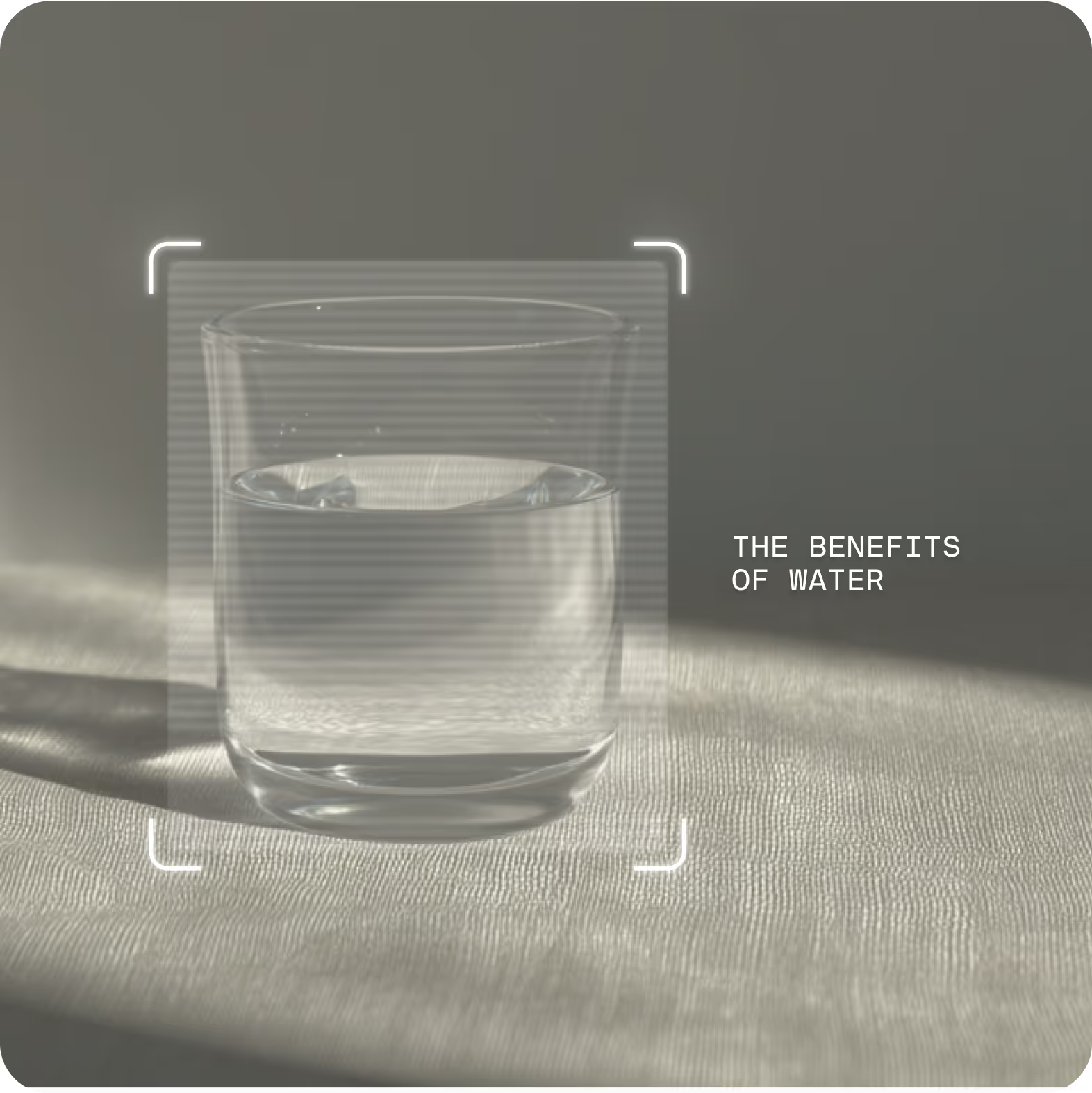What does your result mean?
This is your estimated A1c (%) based on your GMI.
If you are:
- In range: You’re on track for your current A1c goal. Keep the routines that support steady glucose: consistent meal timing and composition, regular activity, and taking medications as prescribed. Continue using CGM patterns (time in range, overnight trends) to maintain stability.
- Below range: Your average glucose may be lower than your target. Watch for signs of hypoglycemia and review low patterns on your CGM. Consider adjusting carb timing around exercise, carrying fast-acting carbs, and discussing possible dose reductions for insulin or sulfonylureas with your care team if lows are frequent.
- Above range: Your average glucose is higher than your target. Focus on consistent pre-meal dosing (if on insulin), limiting rapid-absorbing carbs, increasing daily movement, and addressing common high-glucose drivers like missed doses, late boluses, illness, poor sleep, or stress. Use CGM trend data to target specific times of day for improvement.
Note: Targets are guides, not medical advice. Adjust if you’re experiencing frequent lows, persistent highs, or symptoms that don’t match your numbers.
How is this calculated?
Evidence baseline:
A1c (%) is approximated from GMI (%). GMI is derived from mean glucose using the relationship: GMI = 3.31 + 0.02392 × mean glucose (mg/dL). In this tool, A1c ≈ GMI.
Sized to you:
The estimate uses your entered GMI, which already reflects your personal CGM data (your average glucose and wear time), so the result is inherently individualized.
Activity adjustment:
Physical activity lowers average glucose for many people, while high-intensity or unaccustomed exercise can increase variability. Because GMI captures your lived data, these effects are already reflected in your result.
Environment & day-to-day:
Illness, stress, sleep loss, and certain medications (e.g., steroids) can raise glucose; routine, balanced meals and adequate sleep can lower variability. Differences in red blood cell turnover, hemoglobin variants, or lab assay methods can make lab A1c differ from GMI even when average glucose is the same.
Why a range?
Average glucose and lab measurements naturally vary over days and between devices. CGM-based estimates and lab A1c can differ due to biology and measurement methods, so it’s more reliable to view your result as a small range rather than a single “perfect” number.
Backed by leading scientific literature
Based on established scientific principles.





.svg)


